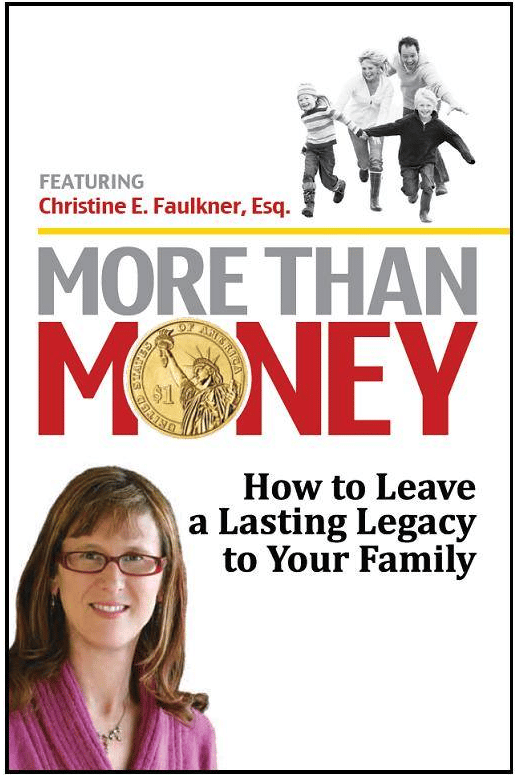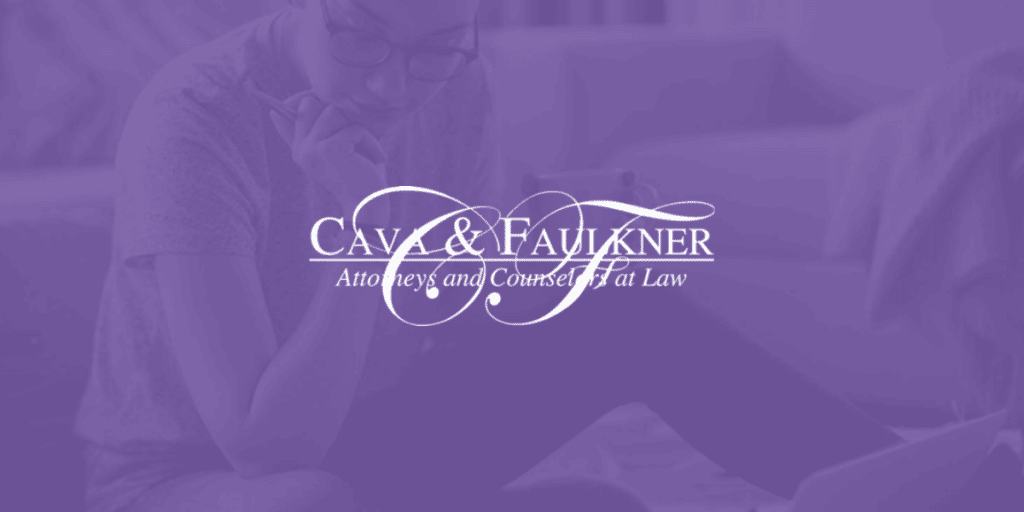How do you choose a life insurance policy? While purchasing life insurance may seem pretty straightforward, it’s actually quite complex, especially with so many different types available.
In order to offer some clarity on the different types of policies out there, we’ve broken down the most popular kinds of life insurance here and discussed the pros and cons that come with each one.
Term Life Insurance
Term life insurance is the simplest—and typically least expensive—type of coverage. Term policies are purchased for a set period of time (the term), and if you die during that time, your beneficiary is paid the death benefit.
Terms can vary widely—10, 15, 25, 30 years or longer—and if it’s a Level Term policy, the premium and death benefit remain the same throughout the duration. If you survive the term and want to retain coverage, you must re-qualify for a policy at your new age and health status.
In addition to Level Term, other variations include “Annual Renewable Term,” in which the death benefit is unchanged throughout the term, but the insurance is renewed annually, often with an increase in premiums. With a “Decreasing Term” policy, the death benefits decrease each year until they reach zero, but the premium remains the same.
Decreasing Term life insurance is often used to cover a mortgage, student loan, or other long-term debt, so the policy expires at the time the mortgage/debt is paid off.
Whole Life Insurance
Whole life, or permanent, insurance pays a death benefit whenever you die, no matter how long you live. With a whole life policy, both the death benefit and premium stay the same for your entire life span.
However, depending on when you purchase coverage, the premium can vary widely depending on how much the policy’s death benefit is worth. So, for example, purchasing whole life in your senior years can be extremely expensive and possibly not even available at all.
What’s more, your whole life policy premiums will be much higher than your term life insurance premiums because the insurance company knows the policy will pay out when you die, no matter how long you live.
Indeed, the premium for whole life policies can be among the most costly of all types of life insurance coverage, including similar types of “permanent” policies discussed below. This is simply the price paid for the guaranteed death benefit and a level premium.
Universal Life Insurance
Universal life is a variation on whole life—it covers you for your entire lifespan, but also contains a “cash-value” component. Rather than putting 100% of your premium toward your death benefit, part of your premium is put into a separate cash-value account that earns interest and is tax-deferred.
The insurance company invests the cash-value funds in various investment vehicles of its choice, and provided the market performs well, you can access those extra funds for things like paying the policy’s premiums, paying off debt, or supplementing your later-in-life fixed income. Some insurance companies will even let you take tax-free loans against the policy’s cash value.
That said, the cash-value account is set at an interest rate that can adjust to reflect the market’s current rates, so if the interest rate of the cash value account decreases to the minimum rate, your premium would need to increase to offset the account’s reduced value.
While universal life premiums are typically more costly than term policies, universal life also allows you to adjust the death benefit within certain guidelines. This added flexibility allows you to choose how much of one’s premium funds will go toward the death benefit and how much goes into the cash value, offering you the ability to adjust the death benefit as your financial circumstances change.
Variable Universal Life Insurance
Variable universal life insurance is quite similar to normal universal life except that variable policies allow you to choose how your cash-value funds are invested, rather than the insurance company. This offers you more control over the cash-value investment and potentially higher returns.
However, if the invested cash-value funds perform poorly or the market tanks, your policy could be at risk. Given a major drop in the cash-value account investments, you may have to pay increased premiums just to keep the policy in force. Moreover, the fees and expenses associated with the cash value investments for variable policies may be much higher than you would pay if you simply invested the funds on your own.
Because understanding life insurance can be confusing, it’s best to get the advice of a trusted advisor before you meet with an insurance agent, who might try to talk you into more coverage than you need in order to earn a larger commission. By sitting down with us we can work with you and your insurance advisors to offer truly unbiased advice about which policy type is best for your family and life circumstances.
Contact us today, and we’ll walk you step-by-step through the different life insurance options and help you with your other legal, financial, and tax decisions to ensure your family is planned for and protected no matter what happens.



 Call Us Now
Call Us Now e-Mail Us Now
e-Mail Us Now



 Cava and Faulkner,
Cava and Faulkner,